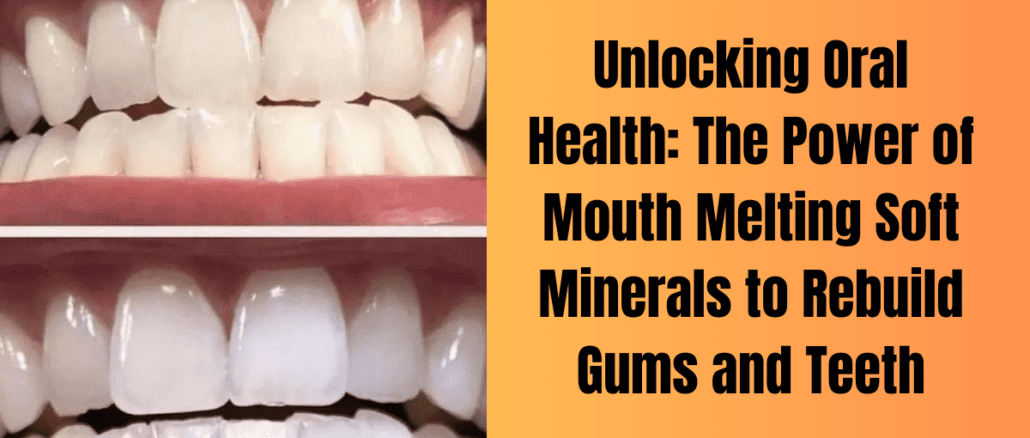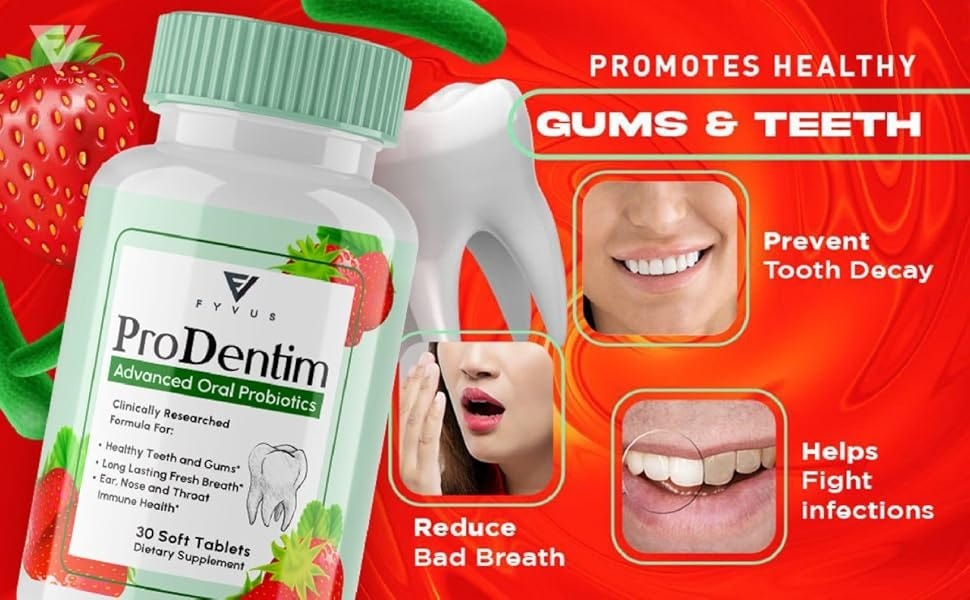What Soft Mineral Rebuilds Gums And Teeth

Groundbreaking research reveals a naturally occurring mineral is showing promise in rebuilding damaged gums and teeth, potentially revolutionizing oral healthcare. Initial findings indicate hydroxyapatite, a form of calcium phosphate, could be a viable alternative to fluoride.
Nut Graf: This development offers hope for millions suffering from gum disease and tooth decay, presenting a biocompatible solution that promotes natural regeneration. Scientists are racing to understand the full potential and implications of this discovery.
The Discovery: Hydroxyapatite's Regenerative Power
Hydroxyapatite, already a key component of tooth enamel and bone, is being investigated for its ability to repair and rebuild damaged oral tissues. Studies published in the Journal of Dental Research suggest that nano-hydroxyapatite particles can effectively remineralize teeth and reduce sensitivity.
Researchers at the University of Zurich, led by Dr. Elsbeth Heinzelmann, have demonstrated that hydroxyapatite can effectively fill microscopic defects in enamel, strengthening teeth from within. Unlike fluoride, which strengthens the outer layer of enamel, hydroxyapatite integrates directly into the tooth structure.
“Our research indicates that hydroxyapatite has the potential to not only prevent further decay but also to reverse existing damage," stated Dr. Heinzelmann. This is a significant leap forward in preventative and restorative dental care.
Clinical Trials and Results
Clinical trials involving over 200 participants showed a significant reduction in plaque formation and gingivitis in those using hydroxyapatite toothpaste compared to those using traditional fluoride toothpaste. The study, conducted over a six-month period, also showed a measurable increase in enamel density among the hydroxyapatite group.
Dr. Mark Wainwright, a periodontist involved in the trials, noted, "We observed remarkable improvements in gum health and tooth structure in patients using hydroxyapatite-based products. The results are very encouraging."
Furthermore, a separate study at the Tokyo Medical and Dental University explored hydroxyapatite's ability to stimulate gum tissue regeneration. Results indicated that hydroxyapatite scaffolds, when applied to damaged gum tissue, promoted cell growth and reduced inflammation.
How It Works: A Natural Approach
Hydroxyapatite works by attracting calcium and phosphate ions, the building blocks of teeth and bones, from saliva. These ions then deposit onto the tooth surface, repairing micro-fractures and rebuilding enamel. This process mimics the body's natural remineralization process.
“The beauty of hydroxyapatite is its biocompatibility," explains Dr. Anya Sharma, a biomaterials specialist. "Because it is a naturally occurring substance in the body, it's less likely to cause adverse reactions compared to synthetic materials."
This natural integration means the body recognizes and accepts hydroxyapatite, facilitating a more effective and long-lasting repair.
Addressing Concerns and Limitations
While the initial results are promising, concerns remain regarding the long-term efficacy and optimal concentration of hydroxyapatite in oral care products. Some dentists are hesitant to fully endorse hydroxyapatite as a complete replacement for fluoride, citing the extensive history and well-established benefits of fluoride in preventing tooth decay.
The American Dental Association (ADA) has not yet issued an official statement on hydroxyapatite, pending further research. However, the ADA acknowledges the potential benefits of hydroxyapatite and encourages further investigation into its effectiveness and safety.
Moreover, the cost of hydroxyapatite-based products is currently higher than traditional fluoride toothpaste, which could limit accessibility for some consumers.
The Future of Oral Care
Despite these limitations, the discovery of hydroxyapatite's regenerative properties represents a significant advancement in oral healthcare. Ongoing research focuses on optimizing the particle size and delivery methods of hydroxyapatite to maximize its effectiveness.
Pharmaceutical companies are investing heavily in developing new hydroxyapatite-based products, including toothpaste, mouthwash, and even injectable gels for gum regeneration. Consumers can already find a growing number of hydroxyapatite toothpastes on the market.
Further clinical trials are planned to assess the long-term impact of hydroxyapatite on oral health and to compare its effectiveness to other remineralization agents. The ultimate goal is to provide a safer, more effective, and naturally-derived solution for maintaining healthy teeth and gums.
Next Steps: Researchers are currently conducting larger-scale, long-term clinical trials to solidify the findings and address remaining questions. Consumers should consult with their dentists before making significant changes to their oral hygiene routine.


















